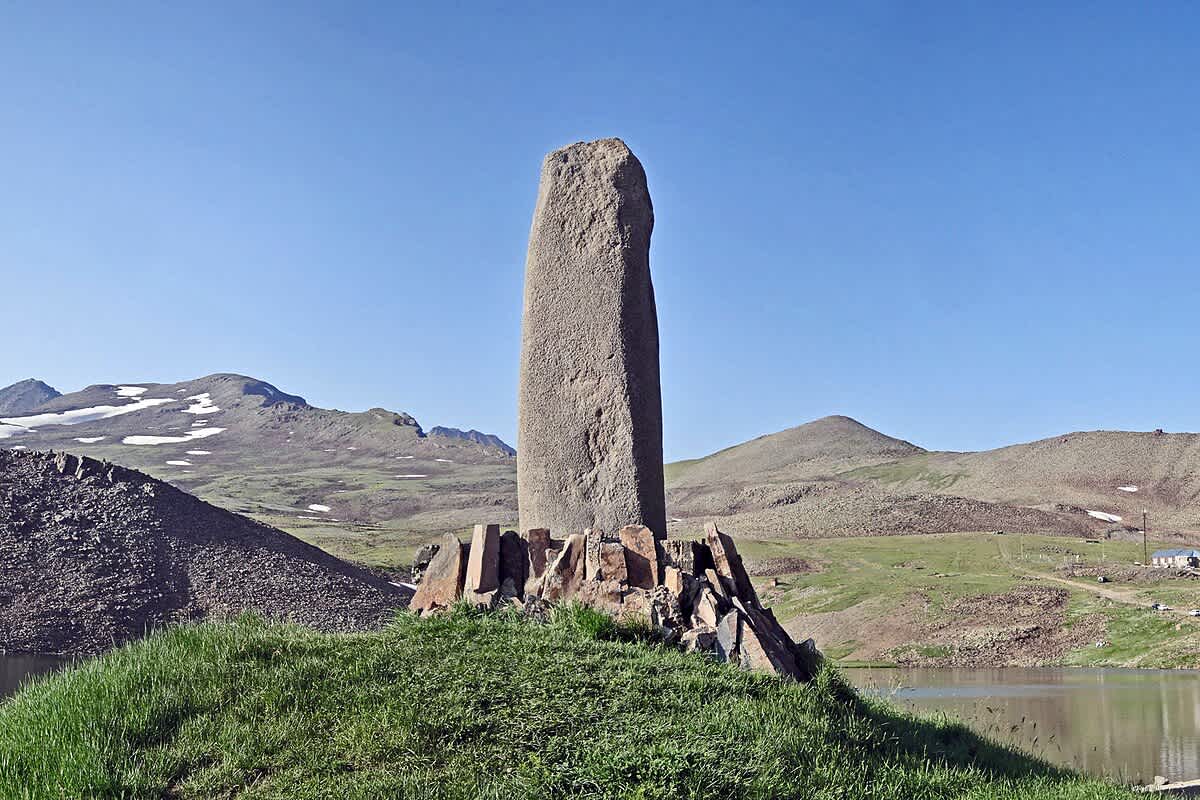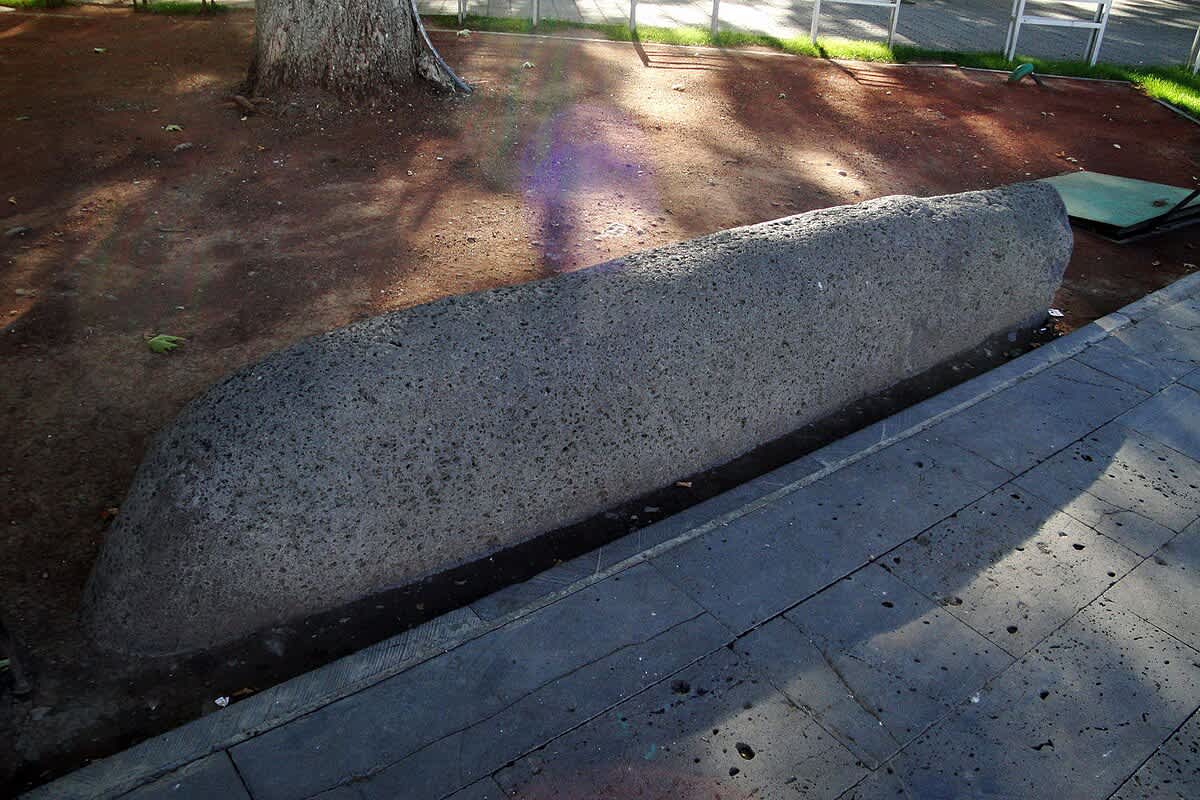Researchers claim Armenia's 'dragon stones' likely a part of ancient water cult—solving 6,000-year-old monoliths mystery

Elusive "dragon stones" in Armenia have been stupefying experts for decades, who may now finally have evidence that sheds light on their origins. This evidence has been described in the journal Heritage Science. These dragon stones are also known as "vishaps," after the Armenian word for dragon. Vahe Gurzadyan and Arsen Bobokhyan from Yerevan State University, who focused on the location of these structures, led this research to understand whether any ritual significance was attached to these monuments. The first-of-its-kind comprehensive analysis revealed that the structures were possibly worshipped by ancient water cults.

Armenia's mysterious 'dragon stones'
These dragon stones are monoliths, ranging from 3 to 18 feet tall, that carry several images of wildlife, featuring fish or cattle, and sometimes both, according to The Debrief. For this evaluation, researchers analyzed 115 monoliths that they uncovered in high-altitude summer pastures of the country. These structures were mostly situated near places, like irrigation systems, springs, and streams. Through further observations, researchers deduced that the stones cluster together at two altitudes: 6,200 feet and 8,800 feet above sea level.

Experts believe that these placements had some association with seasonal migration routes or ritual practices. The clusters at high altitudes were deliberately made near snowmelt sources, as they were somehow associated with farmlands placed below. The assertion is backed by the fact that fish imagery appears more consistently in these clusters than in others in low altitudes.
Reverence for the water cult
Considering these vishaps were erected near water sources, researchers asserted that water cults worshipped these 6,000-year-old monuments, according to Heritage Daily. Tirinkatar on Mount Aragats perfectly showcases this relationship. Here, twelve stones are positioned above irrigation canals and water catchment systems, which could imply that they have been erected as a sacred landscape. Experts also took some organic samples from the site, which dated it back to 4,200–4,000 BC during the late Chalcolithic era.
The findings challenge the past assertion that high-altitude vishaps were smaller or less common, as low-altitude ones were preferred. The findings reveal that high-altitude structures were intentional due to a supposed sacred function. Researchers also cite the elevated presence of vishaps amongst other artifacts in regions, like petroglyphs, cairns, and cromlechs, as proof of its superior size and symbolism. This finding aligns with the assertion that these monuments carried social and religious importance among the people during that time.
The lasting influence of these monuments
The ancient stones have disintegrated quite a bit now, but some carvings continue to remain legible. Even though fish and cattle inscriptions offer clues to the meaning behind the carvings, researchers have yet to understand the context. However, investigation has made it clear that the stones were used even beyond the Chalcolithic era, as there is evidence of inscriptions being carved between the 9th and 6th centuries BCE.
These inscriptions were carved in the Urartian language. Some of the inscriptions in Armenian script are possibly even more recent, dating back to the medieval period. The khachkars, which are carved cross-stones made by Armenian Christians, are also seemingly inspired by these dragon stones. These structures are proof of the cultural continuity that was carried on in this landscape.